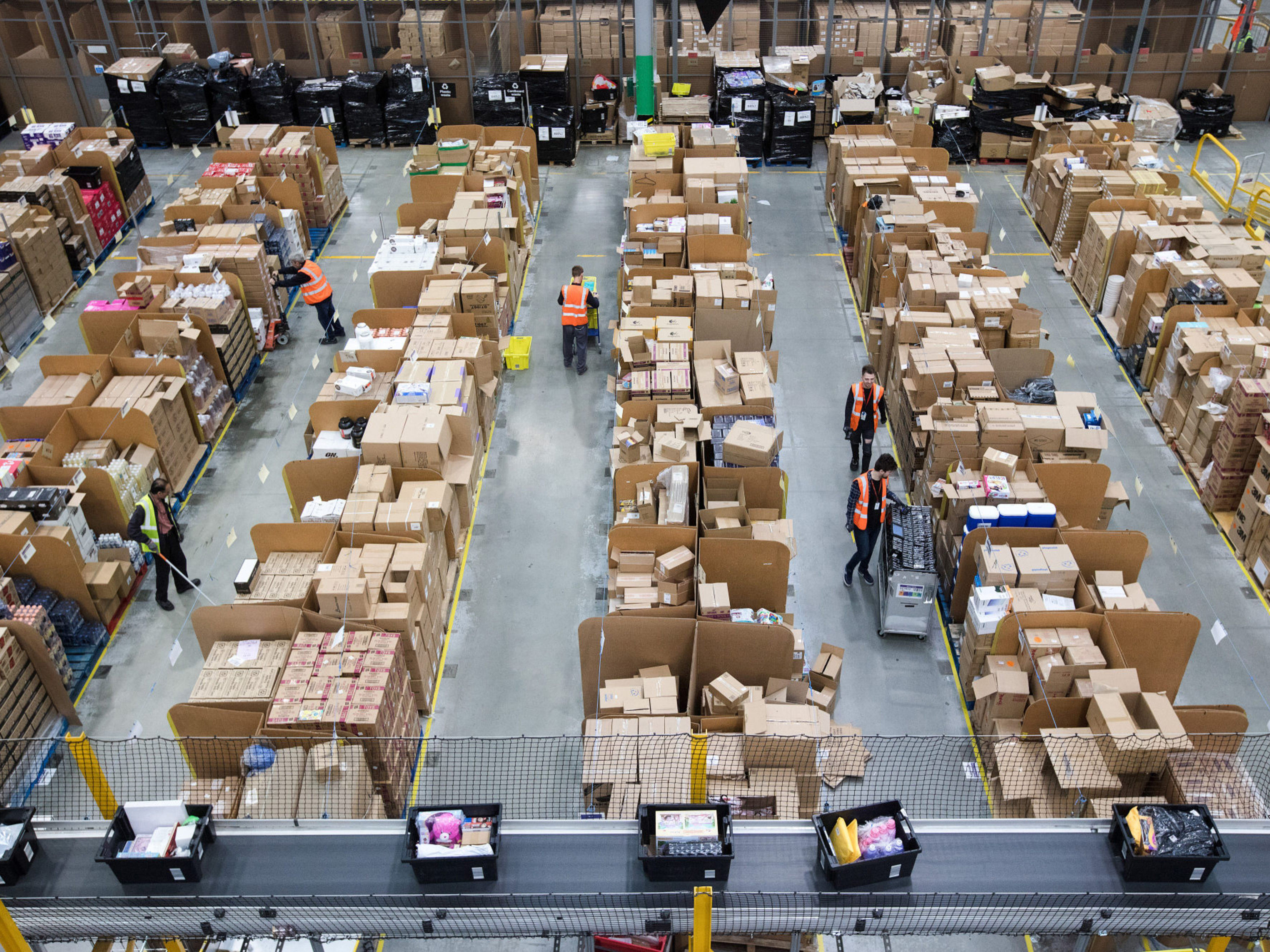
Recently, Amazon.com informed businesses using its Fulfilled by Amazon (FBA) program that its fulfillment centers are reaching maximum storage capacity. As a result, access to the remaining space is being allocated across all sellers.
In practical terms, this means that Amazon is limiting injection thresholds (or the amount of inventory sellers can store at its centers). The goal appears to be to keep sellers from parking aged goods in its centers, eliminate excess days of inventory, and encourage sellers to inject items that sell faster and more predictably.
These are some of the most restrictive steps we’ve seen from Amazon in the last 15 years. They’re also not surprising. Amazon is facing the same industry headwinds as everyone else: the difficulty of recruiting and retaining warehouse workers, the rising demand of online ordering, the growth in customer expectations around delivery, and the increased price of last-mile shipping. As a result, it’s starting to rein in its days as a Wild West marketplace, and mature into something more akin to a traditional retailer.
So the real question isn’t whether the limits are fair or reasonable, but what those who rely on the FBA program should do about them. Essentially, the path forward boils down to five key steps:
Change your injection strategy. Rather than using Amazon as a convenient warehouse, you should manage your inventory on the platform intelligently. Obviously, Amazon would like you to sell in smaller, more frequent shipments, rather than park your products and hope for an eventual sale. Since the platform dictates its terms, sellers would do well to comply with them.
Cull your selection. If possible, you should take your slow-moving, long-tail items out of FBA and find a different way to ship them to customers. Instead, focus on items that move fast and will keep Amazon happy.
Pivot away from FBA. Sellers need to face up to a new reality: multiple distribution channels are essential to resilience and growth today. Consider building a redundant supply chain to get products to your consumers. Even if it’s not as efficient as FBA (and likely won’t be), you always lose 100% of the profit on products that you can’t ship to your customers. In a restrictive environment, you need alternative channels.
Know your metrics and what drives them. To its credit, Amazon has been honest and upfront about why certain sellers are being restricted. The metrics driving the changes are clear. As a result, if you know your own metrics, you should be able to manage the situation and make changes as necessary. It’s time to use your own data to keep pace with Amazon.
Or partner with someone who understands inventory metrics. Obviously, if you sell on Amazon, you’re likely to be savvy about the platform. However, your products — not logistics — should be your focus. Today, you can find plenty of partners who deeply understand inventory metrics and can help you manage this new environment.
What’s happening with FBA today may seem sudden and unexpected, but it’s really just a step forward in a long developing trend. Brands need to recognize that the situation is only going to get more challenging as time goes on. They need to stop thinking of FBA as the perfect distribution channel. It’s a fantastic channel, no doubt about it. But its goals aren’t perfectly aligned with every company that sells on it. The disruptions that have occurred with the program have been foreseeable, and brands need to prepare for more of the same. It’s time for supply chains to become more flexible, more creative, and ultimately more reliable. Rising customer expectations demand nothing less.
Brian Birch is chief supply chain officer of Netrush.







